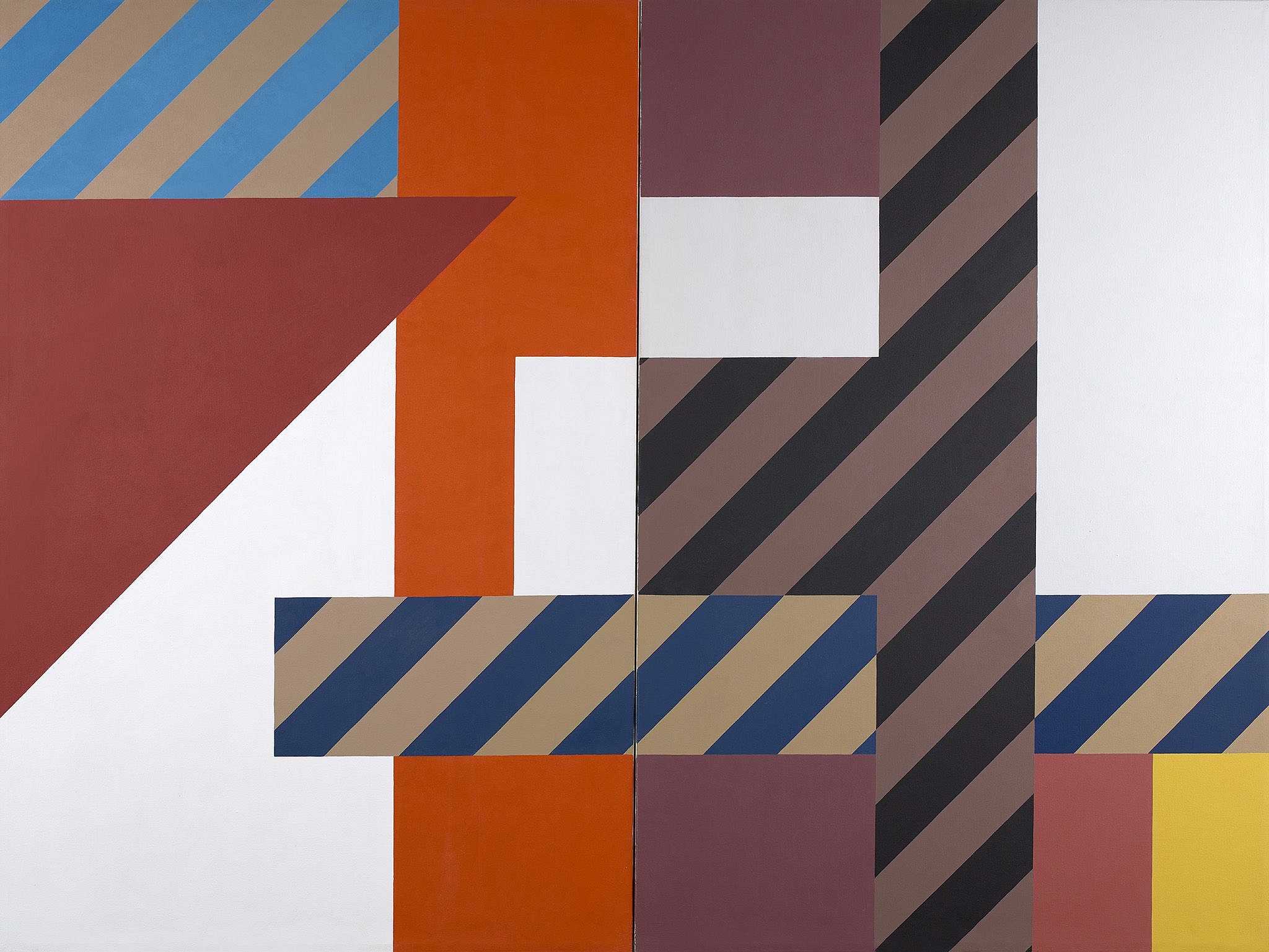Info

PRESS RELEASE
FOR IMMEDIATE RELEASE
BERRY CAMPBELL GALLERY PRESENTS MARY DILL HENRY: THE GARDENS (Paintings from the 1980s)
NEW YORK, NEW YORK, December 20, 2022–Berry Campbell is pleased to announce Mary Dill Henry: The Gardens (Paintings from the 1980s), the second solo exhibition of work by Mary Dill Henry (1913-2009) at Berry Campbell. The exhibition will feature a curated selection of paintings and works on paper from 1984 to 1989. This work was inspired by her passionate love of traveling and by both distant and nearby gardens she visited and inhabited The exhibition will be accompanied by a 20-page catalogue with an essay by Lisa N. Peters, Ph.D.
In 1982, Mary Dill Henry settled on Whidbey Island, Washington, where she lived alone, deep in the woods, for the rest of her life. There she transformed her remote surroundings into an English-style picturesque garden and remodeled a woodshed into a studio. During this time, her work became increasingly more influenced by her travels, most notably the gardens of England, Scotland, where she took garden tours, as well as Spain, France, Italy, and several countries in the Middle East. In a number of works, she referenced these gardens, including the Moghul gardens of Persia, the gardens of Moorish Spain, and Claude Monet’s Giverny.
The Gardens paintings are the embodiment of Henry’s career as an artist. Henry maintained the utopian ideals associated with Constructivism, as well the principle behind the de Stijl movement, that art and life are inseparable. She described her career path as one in which, out of the world’s “chaotic visual feast,” she came to perceive the geometry of all life, from its infinitesimally and small parts to the structure of the universe.” She eliminated non-essentials to achieve a beauty of form that transcends the ordinary and speak to the viewer with energy and insight, while her sense of humor often comes through.
For Henry, her journey to artistic freedom was long sought. Born Mary Marguerite Dill on March 19, 1913 in Sonoma, California, Henry graduated from the California College of Arts and Crafts, Oakland, and later taught applied arts at Iowa State University, Ames. She married Wilbur Henry in 1940 and while her husband was in the military, she took her mother and daughter to Chicago, where she studied at the Institute of Design under Lazlo Maholy-Nagy. In 1946, she received her Masters in Fine Art. She recalled that Moholy-Nagy was “so vital” and “exuded magnetism,” commenting: “[He] made you see what abstract non-objective painters were getting at.”1 Of his tutelage, she stated: “He was amazing. He talked about art that wasn’t what you saw, but what you believed. It was like a whole new world opened up for me.”2
Shortly before Moholy-Nagy’s death from leukemia in November of that year, he invited Mary to join the Institute’s faculty as an associate professor. She was the first woman to be given such an offer. However, like many women of her generation who yielded to their husbands’ ambitions, when her husband Wilbur—who had attained a Masters in biology from Harvard University—was hired to work in malaria research and control with the Department of Health in Arkansas, she moved with him first to Bauxite, and later to Helena.
In 1949, the Henrys moved back to California, where she worked in a commercial art design firm and in 1955, started Architectural Arts, a business specializing in large-scale murals and mosaics. In 1960, with $8000 she had earned, Mary purchased a large Victorian house in Mendocino—a coastal town about 150 miles north of San Francisco—and began a process of gradually fixing it up. In 1962–63, an unexpected family windfall enabled her to spend a full year in Europe “to look at art in as many museums and galleries as possible.” At the time, she “thought a lot about the whole thing and decided to drop my whole way of living in Los Altos Hills and to move to Mendocino and concentrate on painting.”3 In 1966, she divorced Wilbur and finally pursued her passion for art full time.
Henry showed consistently through the 1960s and the 1970s, with reviews in major publications like the San Francisco Examiner and Artforum. In the years that followed, seven retrospectives of her art have been held in the Pacific Northwest and solo exhibitions of Henry’s work occurred almost yearly. From 1992 to 2000, she showed in the annuals of the American Abstract Artists (formed in 1936). In 2004, her work was featured in the exhibition, Northwest Matriarchs of Modernism: Twelve Proto-feminists from Oregon and Washington, organized by Marylhurst University in Oregon. The exhibition traveled to several museum venues. Her paintings now belong to many public collections, including the Seattle Art Museum; the Frye Art Museum, Seattle; the Whatcom Museum, Bellingham, Washington; the Tacoma Art Museum; the University of Puget Sound, Tacoma; the Portland Art Museum, Oregon; the Sheldon Art Museum, University of Nebraska, Lincoln; and the Institute of Design, Chicago, as well as corporate art collections, including Microsoft, Safeco, Ampex, Varian Associates, and Hewlett-Packard. In 2022, the Minneapolis Institute of Art acquired a large scale work from 1968 by Henry. For Henry, such renown has long been overdue.
Mary Dill Henry: The Gardens (Paintings from the 1980s) will open January 5, 2023 and continue through February 4, 2023. There will be an opening reception on Thursday, January 5, 2023 from 6 p.m. to 8 p.m.
Berry Campbell is located at 524 W 26th Street, New York, NY, 10001. Gallery Hours are Tuesday - Saturday, 10 a.m. – 6 p.m. or by appointment. info@berrycampbell.com or 212.924.2178.
1 Quoted in “Slender, Quiet Freeland Artist Produces Bold, Powerful Murals,” South Whidbey Record, September 24, 1985, p. 6
2 Quoted in Sheila Farr, “Mary Henry: 93 Years of Life and Art,” Seattle Times, February 23, 2007.
3 Undated holograph, Mary Henry Archives.
